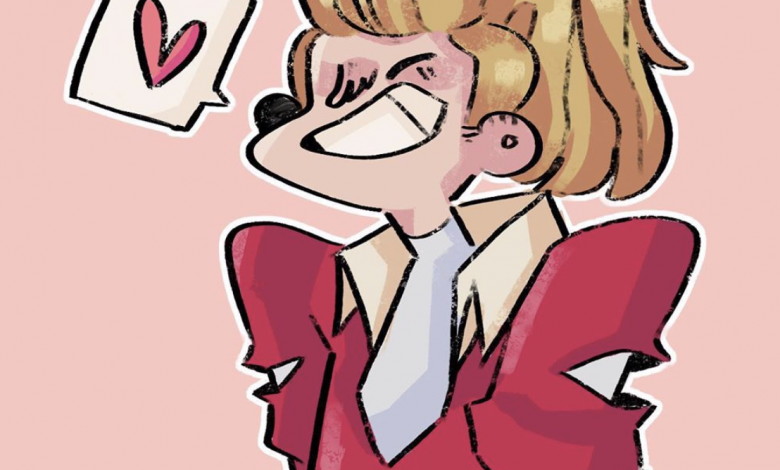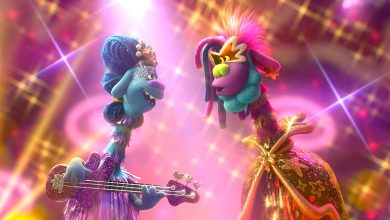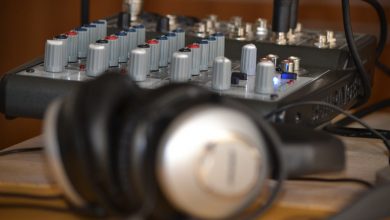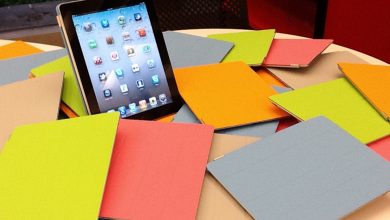
I love the female characters in ‘She-Ra.’ There isn’t another show quite like it.
If you had told me at the beginning of the last decade that She-Ra a show from 1985, a spinoff of a more popular and successful (if actually inferior) program, would take iGen by storm in 2018 I would be very doubtful of you claims of time travel. She-Ra was a footnote in cartoon history, a crass attempt to expand the reach of Mattel’s He-Man toy line and the laughably terrible show it had spawned, and was cancelled after two seasons. But a look under the hood finds the original premise and main characters were designed by industry veterans Larry DiTillio and J. Michael Straczynski (who went on to make Babylon 5.) There turns out to be some meat on those bones and in the 21st century Dreamworks gave Noelle Stevenson the green light to make something new out of them. And boy howdy did she.
Stevenson took the basic plot of the old show, the fight against Hordak and his Horde, and stripped out the silly costuming and any semblance of a link to He-Man save the “By the Power of Greyskull” catchphrase that transforms Adora from a somewhat feckless ex-Horde soldier into She-Ra, Princess of Power. She then fills the rest of the show with a compelling plot and a cast of fascinating and complex characters. Originally pitched for one season, by the time they got running they had enough for five. As you can see from the featured image, The Schmoo is obsessed with the show and it’s easy to understand why. Last She-Ra was nominated for a GLAAD Media Award in 2019 and has impressed many folks with a radically inclusive and quite queer cast of heroes and villains. In an interview with GLAAD’s Raina Deerwater, Stevenson and the voice actor for season four’s new character Double Trouble, Jacob Tobia talked about why Eternia is such a queer place (both Jacob and his character are non-binary!)
GLAAD: That’s amazing. It was exciting to watch this season and seeing that Double Trouble is in almost every episode. They are integral to the plot. That’s huge in representation to have our stories be central and not sidelines. And that’s true with other characters in She-Ra as well – they are throughout the show. Was that a conscious decision when building this world to make queer people central?
NS: She-Ra has always been a very queer world and a very queer story. This is a world where almost all of your mains are women. What does that mean for gender? What does that mean for sexuality and this fantasy sci-fi planet? Why would our characters follow the “rules” of our world, the biases that we’ve built up in our world? What if we just started from the grounds that this is a world with a really rich tapestry of experiences and that includes sexuality, that includes gender. We can create a fantasy, a power fantasy and an escape fantasy, while still telling stories that feel real. That’s what we were trying to do with this whole world. And Double Trouble is the favorite character of so many people on this crew – we love this character. We were trying to find more places to put this character because they’re so much fun and they just really fit in so well in this world. It makes so much sense.
JT: On my end, coming into the She-Ra fam in season four as the show’s already established, I was blown away by how it felt. Especially, I remember we had a screening of the very first episode when it was ready. When I watched that, as a non-binary character in a fantasy world, I expected it to feel like a rainbow thread in an otherwise pretty bland tapestry. But I found that I was a rainbow thread just in already the most colorful, incredible, queer trans garment I could want. I blended right in, in so many ways and that for me is a pretty unique feeling in this industry. That’s such a testament to what you created, Noelle, and what the whole cast and crew have created is a place where I could just show up. [And Double Trouble’s] arrival in the world is like, of course, they’re just there. Duh. There’s something so profound about that…
There was a lot of really sexist and regressive pushback when the show debuted on Netflix, summed up well by this Vox Explainer, The fight over She-Ra’s Netflix redesign, explained (some men are mad she isn’t sexier.)
At the end of the day, an important thing to remember about the internet and the way social media outrage works is that social media platforms like Twitter can amplify the outrage in a way that makes it seem more widespread than it is. It’s plenty likely that the number of “She-Ra should be sexy” die-hards isn’t as large as it may appear. Meanwhile, any backlash to their position — even if it is correct — amplifies their outrage even more.
All we can hope for now is that Netflix’s She-Ra series turns out to be a worthwhile reboot and, if it does, that this outburst of costume-related complaints encourages more people to tune in and see it.
No worries there, it’s been a rousing success story. The fifth and final season of She-Ra and the Princesses of Power will be hitting Netflix in May and we can’t wait.
Featured Image: She-Ra Season 4, By Abby Doench, used with permission of the artist.




